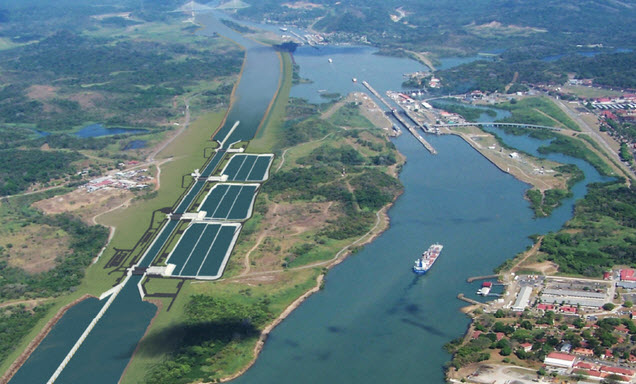The Panama Canal Expansion project that’s slated to be completed in April 2016 could open more agricultural export opportunities for the U.S., with increased shipments in particular going to Asia, says Ken Eriksen, senior vice president of transportation at Informa Economics.
“Certainly the Asian buyers are going to have an opportunity with this,” Eriksen said on Monday’s broadcast of Market Rally with host Chip Flory.
The canal’s expansion started in 2007 with a projected cost of $5.25 billion and is intended to double the waterway’s capacity with the addition of a third lock system, according to the Panama Canal Authority.
“What the Panama Canal Authority wants shippers to do is to use the biggest possible ships out there, and for grain that’s a 97,000-deadweight-ton vessel compared to the 70,000-deadweight-ton today,” Eriksen explained.
For grain, that translates to shipments of up to 84,000 tons compared to 57,000 tons today, he said, noting that freight rate savings could be significant for shipments out of the U.S. Gulf.
Eriksen pointed out that especially the corn and soybean markets in the U.S. will benefit with the expansion. However, the canal expansion would also benefit northern Brazil, he added.
“Northern Brazil has expanded its capacity significantly to handle more grains, and they would take advantage of that route through the Panama Canal,” Eriksen noted. “In the end, you’re going to have more attraction for more ocean vessels to come to the Atlantic Basin because you’ve got options between northern Brazil and New Orleans and the lower Mississippi River.”
The massive expansion project on the Panama Canal, he added, was an inspiration for upgrades and expansions on the lock and dam system in the U.S.
“It is phenomenal to be able to stand on top of one of the gates down there and look at that big massive hole and think, ‘You know what? We should be doing this on the locks and dams in the United States,’” he said.
